It is a mystery that dates back to St Columba – and modern science is still looking for answers.
One of the many unanswered questions about the Loch Ness Monster is exactly what kind of creature it is.
And now, a dedicated Nessie hunter has used recent scientific developments to show the Loch Ness Monster could be an eel.
The amateur scientist has created a drawing depicting the monster as an eel-shaped creature.
Gordon Holmes from Shipley in Yorkshire captured footage of a fast-moving creature swimming across the surface of the loch back in 2007.
Using new research, Mr Holmes believes he has been able to draw an accurate representation of a 21st Century monster.
His drawing is based on a 2019 eDNA (Environmental DNA) scientific investigation, his own famous video, along with his sonar recordings and a lucky fossil find.
The retired design engineer explained the evidence he has used to come up with his breakthrough.
Mr Holmes said: “On May 26 2007, I captured on video two eel-like creatures, about 13ft long, swimming across Loch Ness. The footage went global, then in 2008 I obtained three sonar contacts of an even longer creature.
“In the year 2000, I luckily found a fossil skull at Whitby – that perfectly matched the head-shape of the 2007 creatures I observed.”
In 2018, Professor Neil Gemmell and his team from New Zealand’s University of Otago carried out extensive eDNA research on Loch Ness.
One of their major conclusions, based on the considerable amount of eel DNA found, was that Nessie could be a large eel.
Using this information, Mr Holmes has created an image depicting his own “interpretation of a 21st-Century Nessie.”
He added: “Although I am a retired design engineer, producing images of the creature was difficult due to my lack of artwork experience relating to the natural world.”
Mr Holmes continued: “I am trying to justify that the Loch Ness Monster does really exist, but it might not be what it appeared to be in the famous picture from the 1930s.
A Nessie for modern times
“The fossil helped me to see what the head shape would look like.
“This is my interpretation of a modern day Loch Ness monster. I don’t want to destroy the image of the monster from the 1930s.”
Willie Cameron runs the Clansman Hotel on the banks of Loch Ness. He is known as “Mr Loch Ness”, and has become something of an authority on the area and its most famous resident.
His police officer father, along with nine others, had what is said to have been one of the longest sightings of something unexplained in the loch back in 1965.
Nessie the eel? There are doubts
And Mr Cameron has doubts about the eel theory.
He said: “As far as eels are concerned, the heaviest eel caught in fresh water in Great Britain was only 11lbs.
“If he is saying this eel is a Jurassic species, that is a different matter.
“It’s as good a theory as any. I’m not negating his theory, I’m leaving it open. Who are we to say there is nothing more to it?”
He spoke about the tourism benefits of the monster.
He said: “We receive up to 1.5 million visitors a year to Loch Ness. The story of the monster grows and grows. I have spoken to three television companies in the last six weeks about it.
‘One of the greatest myths and legends of the world’
“It is one of the greatest myths and legends of the world and the contribution to the local economy is huge.”
Adrian Shine is the leader of the Loch Ness Project. He has carried out fieldwork on the loch for a host of universities and researchers since 1973.
The naturalist worked with Professor Gemmell on the eDNA sampling project in 2018.
Mr Shine said: “The first local theory in the 1930s was that it was perhaps a large eel.
“It was fuelled largely by the multi-humped manifestation of the Loch Ness Monster. The ones you see on cartoon postcards. What you might call the sea serpent type.
“The explanation that the Loch Ness Monster is like the idea of a Jurassic plesiosaurus evolved in the 1960s when everybody wanted Jurassic park.”
Large predators
However, he explained: “Food resources are low. Loch Ness is not very productive. There isn’t enough productivity to support a resident population of large predators.
“From the 1970s the theories that were being pursued by the investigators were fish theories. These seemed more plausible to us because we were naturalists.
“The first fishy theory, my favourite, is the sturgeon. They would only enter fresh water to spawn, would not feed there and would be most unlikely to find an equally navigationally challenged mate to breed with. And so would go away again.
“If you are looking for something elusive, you could look for something that isn’t there all the time.
“Another theory, not one of mine, is the idea of European catfish.
“They are supposed to live to 100 years or so. It is possible that one or two have survived. But when we did the eDNA samples with Professor Neil Gemmell in 2018 there was no catfish DNA.
“There wasn’t any sturgeon DNA either but there wouldn’t be because sturgeon would only be there once in a blue moon.
“The fact is that DNA only lasts for about a week. If we are only dealing with one or two catfish, we would be quite lucky to get any catfish DNA.
“The eunuch or giant eel theory has been around since the beginning. The idea is that some eels, instead of going back to the Sargasso Sea to spawn and die, like it so much in Loch Ness that they stay there. And get bigger and bigger.
‘The fun remains’
“There is no evidence that eels do this anywhere else. And no evidence that they do it in Loch Ness. But we we did get a lot of eel DNA.
“But that is not surprising. Eels are slimy fish, and exude DNA copiously.
“The problem is, that giant eel DNA would be exactly the same as common or garden eel DNA. So the eDNA survey could neither confirm nor refute the giant eel theory any more than it could confirm or refute the other fishy theories.
“And so the fun remains.”
Are you interested in more exclusive and breaking Highland and Islands news from the P&J? If so, why not join our dedicated Facebook page HERE
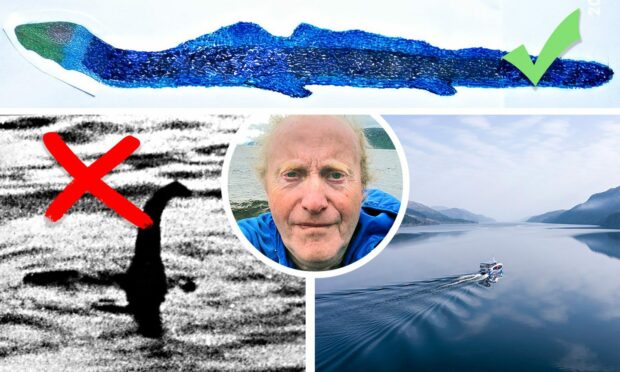
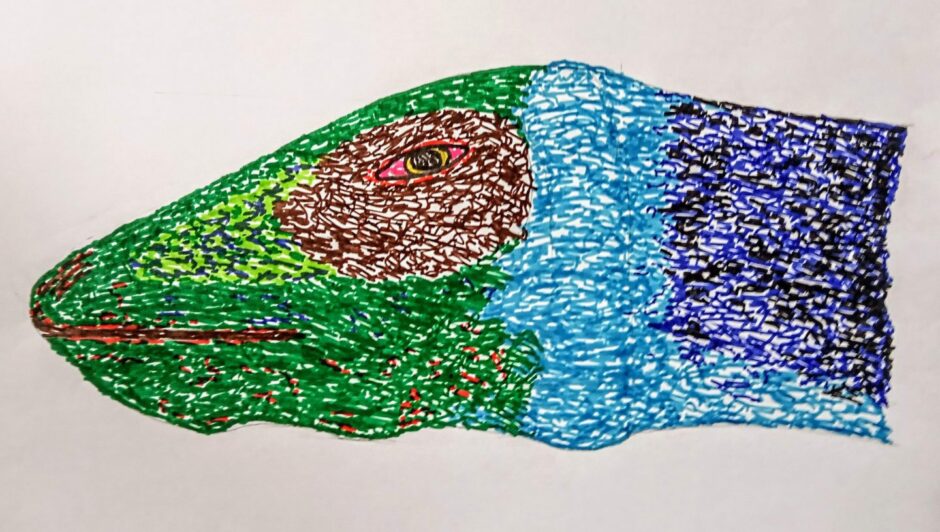
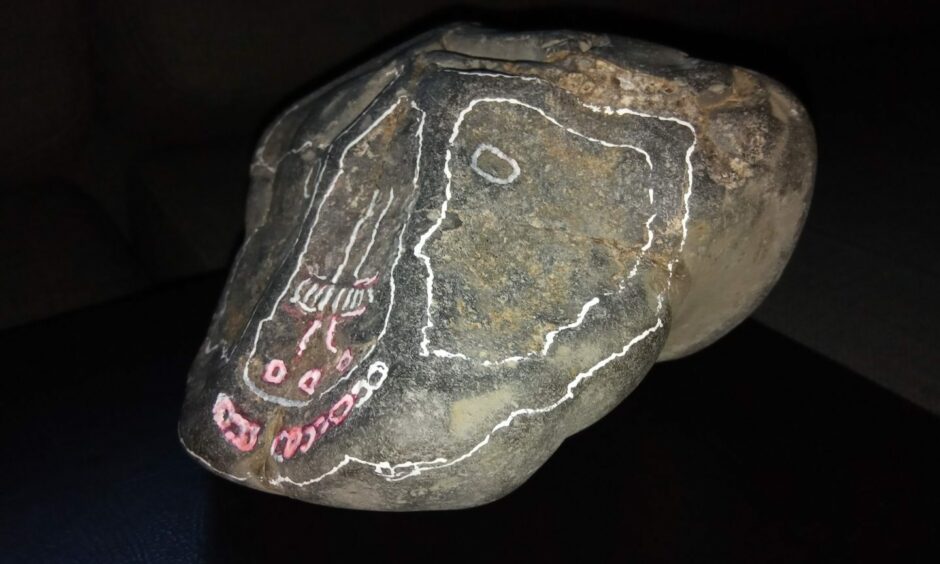
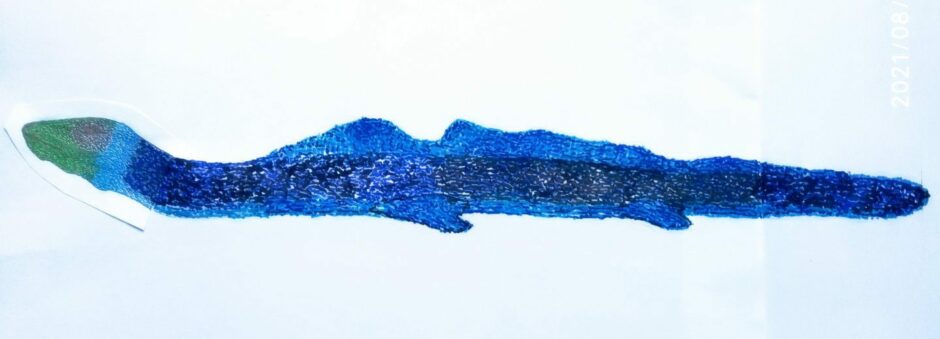

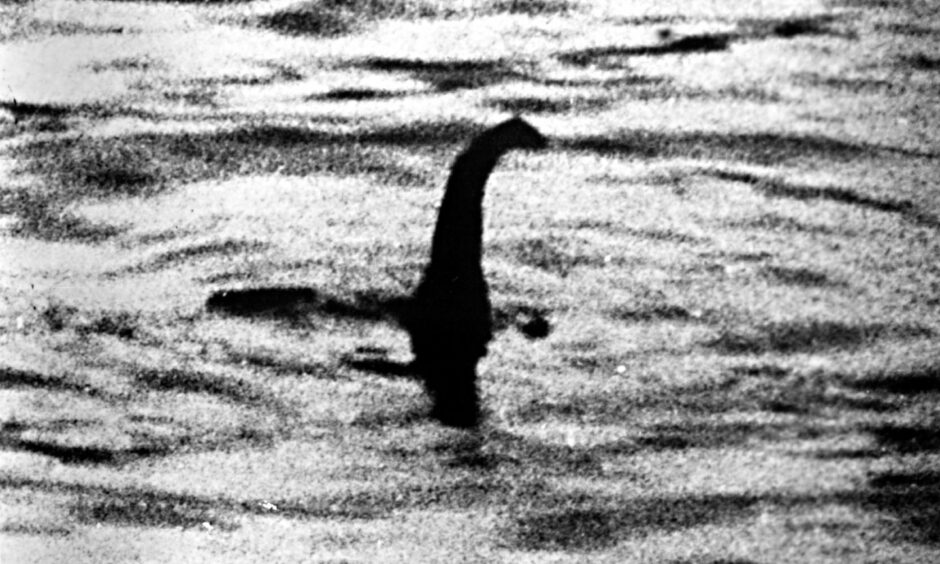
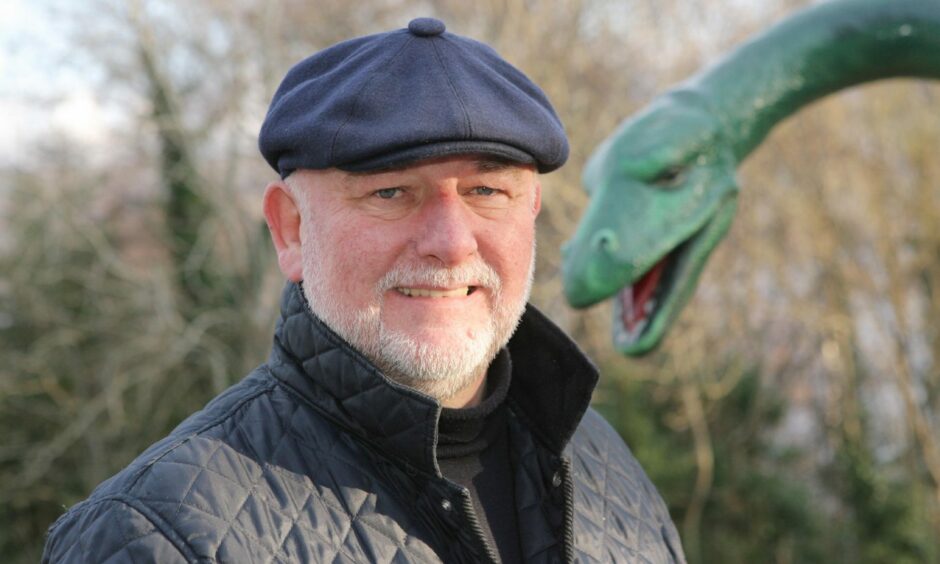
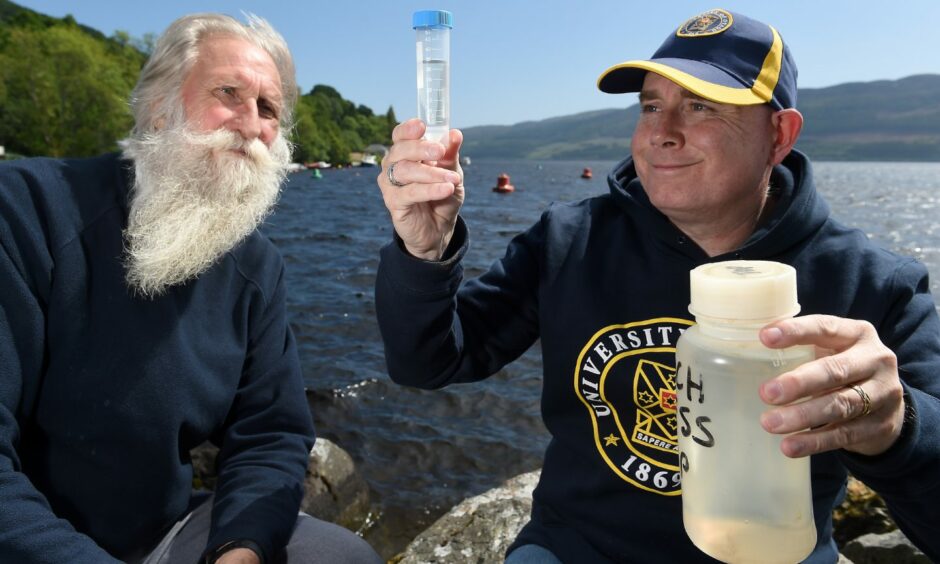
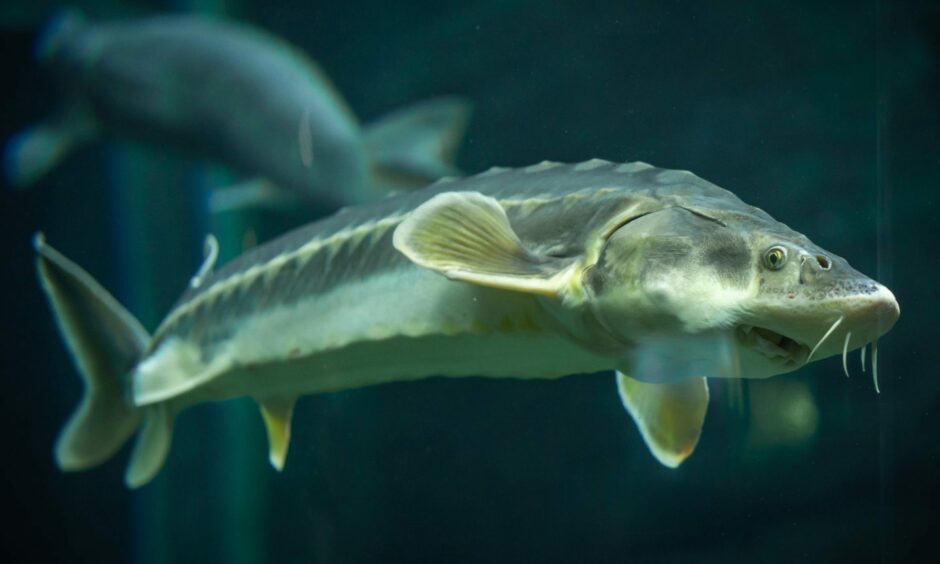
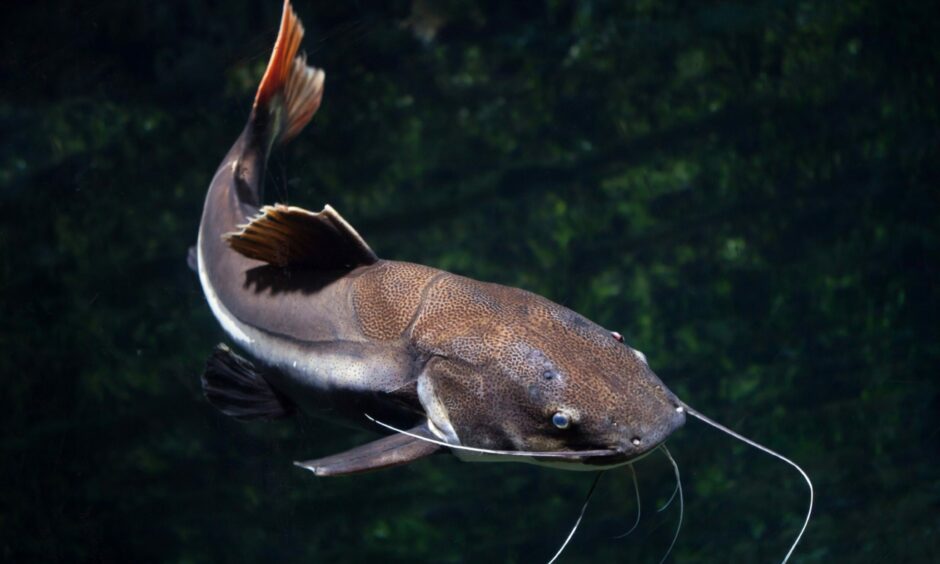
Conversation